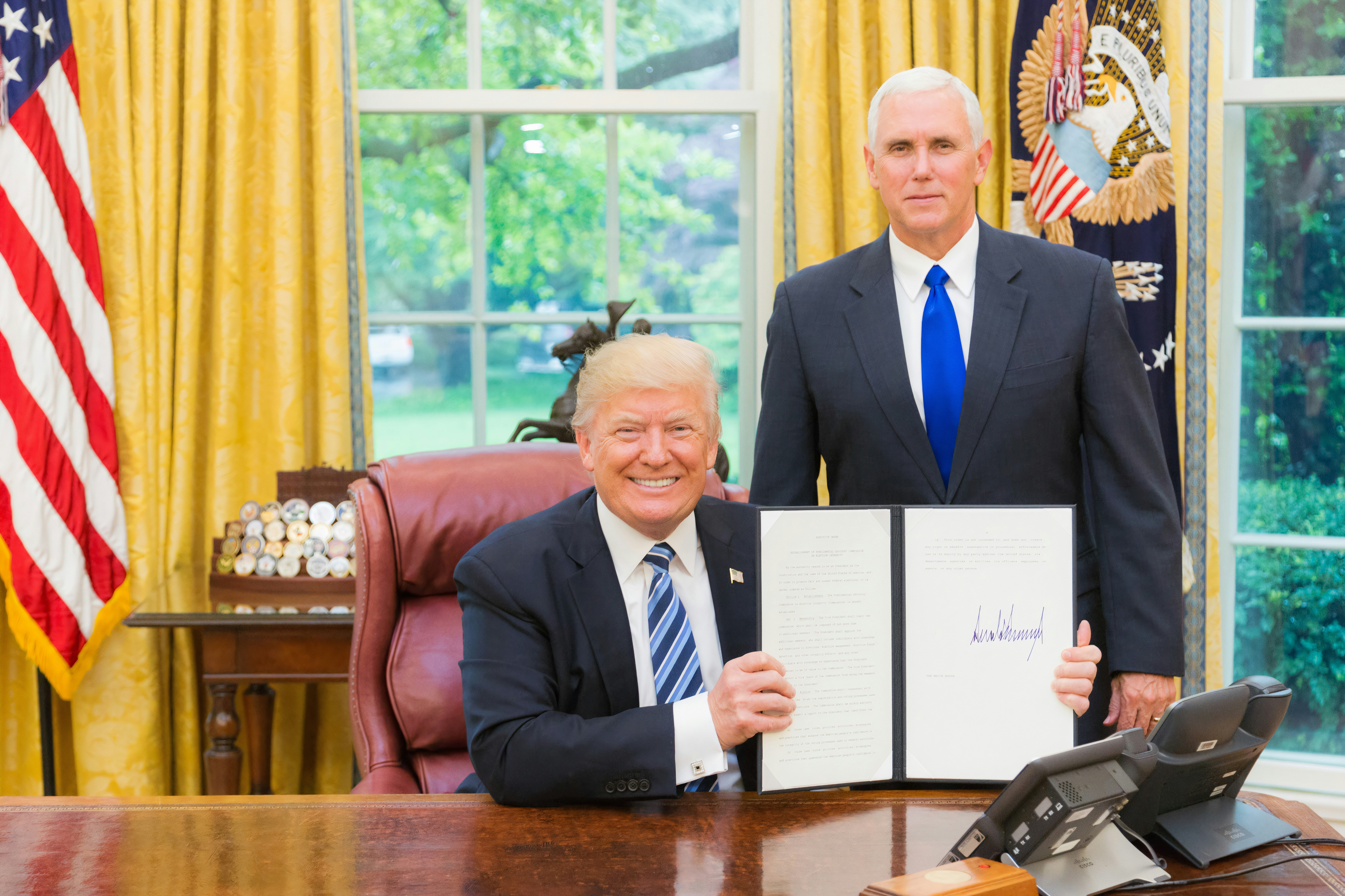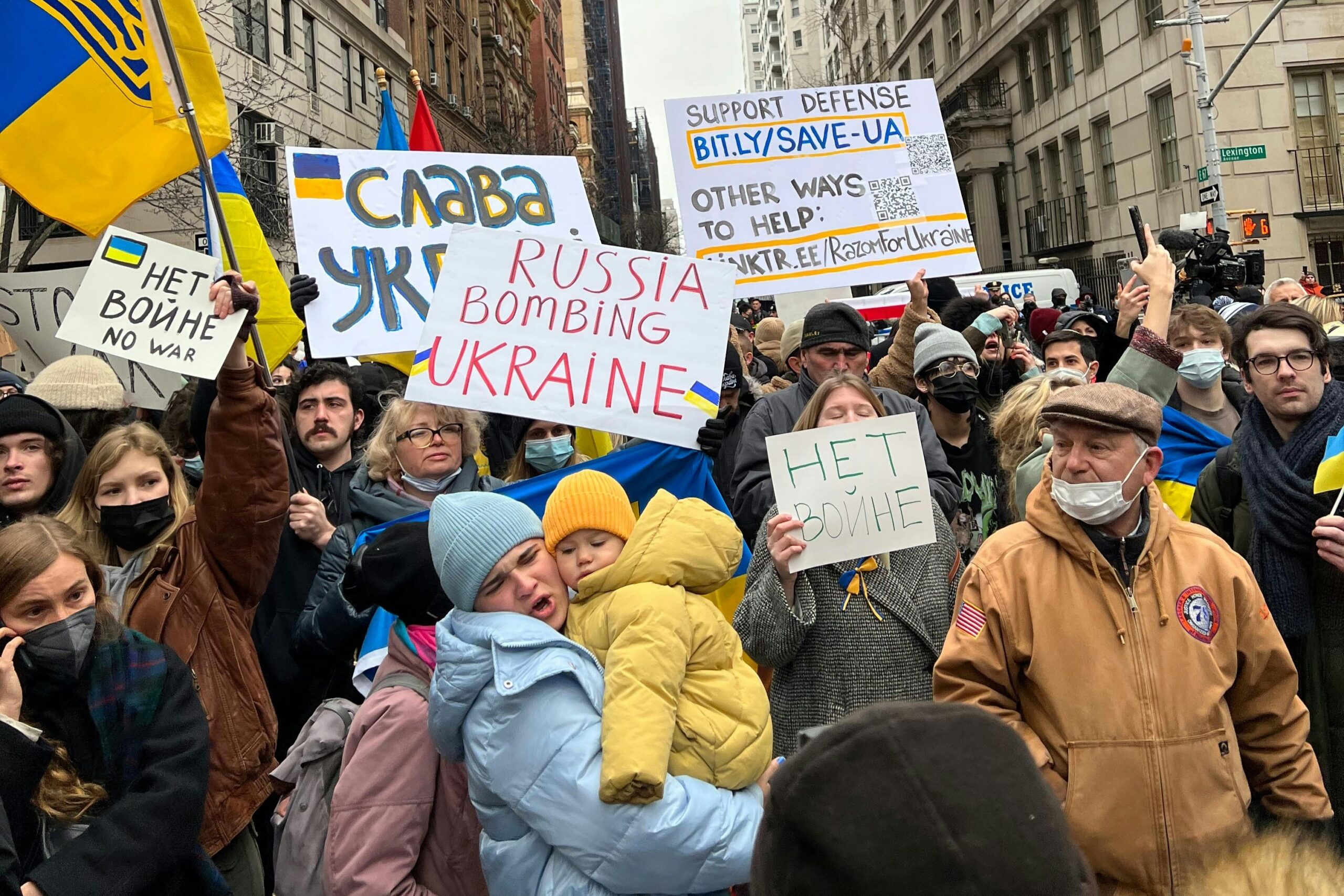
Key Insights:
In January Kremlin-aligned Telegram channels disseminated a set of narratives centered around Donald Trump, using his radical statements and emphasizing changes his presidency will bring, primarily aimed at undermining Western alliances and promoting Russian interests.
The main narratives were:
- Trump’s presidency will erode Western unity and benefit Russia.
- Baltic states are puppet states of the US.
- Trump will rightfully abandon morally decadent progressive liberal values.
Overview of the Findings:
The central narrative presents Trump’s potential presidency as a catalyst for dramatic global realignment favoring Russia. Monitored channels portray a future where American global influence declines significantly, leading to the fragmentation of European unity and NATO. They predict that reduced Western engagement would naturally result in Russian ascendancy on the world stage, including the lifting of sanctions and normalized relations with Russia.
The messaging regarding Baltic states is particularly pointed. These channels employ strategic humor and dismissive rhetoric to undermine Baltic sovereignty, exemplified by memes portraying Latvia as “a small village near St. Petersburg.” They frame Baltic defensive measures, including infrastructure projects and military spending increases, as aggressive actions against Russia. The narratives characterize Baltic states not as sovereign nations but as American puppets, while simultaneously suggesting that Trump’s presidency would marginalize their interests in favor of Russian ones.
These channels also work to reframe historical events and current international relations. They attempt to normalize Russian territorial expansion by drawing equivalencies with Trump’s statements about purchasing foreign territories. These channels actively work to undermine Western media credibility by claiming bias and censorship, while simultaneously promoting conspiracy theories about hidden power structures controlling American policy.
The overall strategic aim appears to be multifaceted: boosting confidence among pro-Russian audiences, demoralizing opposition to Russian interests, creating uncertainty about Western commitments to regional security, and presenting Russian dominance as inevitable. These narratives are crafted to exploit Trump’s statements to promote a worldview that aligns with Russian strategic interests.
Story of the Month:
Trump – providing bullets to Kremlin’s propaganda
Kremlin-aligned Telegram channels are using Donald Trump’s statements and actions to advance their agenda by employing a range of narratives and techniques to undermine Western unity, promote Russian interests, and sow discord. Monitored channels consistently frame Trump’s potential presidency as a catalyst for global changes that would benefit Russia, while portraying Western institutions and alliances as weakening.
Monitored channels project a decline in Western influence, predicting that under Trump, the US will retreat from global leadership, leading to a diminished role in international affairs and disengagement from conflicts. This reduced American influence is portrayed as leading to the fragmentation of European unity and a decrease in “Russophobia,” implying that anti-Russian sentiment in Europe is primarily maintained by US influence. This US decline will lead to Russian ascendancy. Trump will lift or reduce sanctions against Russia and attempt to normalize relations. This is coupled with the prediction that Ukraine will “fall apart” in 2025 due to reduced Western support, directly tying Ukraine’s fate to the changing global order. This narrative creates a sense of inevitability about the decline of Western power under Donald Trump as the US president.
The channels undermine Western media credibility, claiming that social media platforms are abandoning “censorship” after Trump’s election, thereby implying that the US is not democratic. They also claim that Western media is biased against Trump and Russia. Similarly, a significant portion of the messaging focuses on social and cultural issues, celebrating Trump’s presidency as a victory against liberal values and LGBT “heresy”. This narrative suggests that Trump’s America will lead to a rejection of progressive liberal social values, which Russia has consistently used to criticize the West.
Trump’s statements are used to create doubt about Western alliances and question the independence of the Baltic states. For instance, they use Trump’s boasts of buying foreign territories equating it to a false narrative that Sweden decided to sell the Baltic states to the Russian Empire. This normalises Russia’s aggressive territorial expansion by equating it with what Trump claims the US would do.
Humor and memes are also employed to undermine Baltic sovereignty. For example, a meme shows Trump asking Putin about Latvia, with Putin dismissively calling it “a small village near St. Petersburg”. This is designed to portray the Baltic states as irrelevant in great power politics with Trump as the US president. They also frame defensive measures by Baltic states as aggressive, for example, Riga’s port modernisation is portrayed as building a “bridgehead” against Russia and Belarus. At the same time, they portray debates about increasing Baltic military spending ironically calling them an “auction” that will spend more on defence to appease Trump, not as a legitimate action against potential Russian military aggression.
Kremlin-aligned channels aim to sow discord by portraying the Baltic states as financially irresponsible and overly dependent on the US. They suggest that US-Baltic relationships are corrupt and based on “cozy schemes,” and they label increases in Baltic defence spending as benefiting only the American “military-industrial complex”. An additional narrative invokes conspiracy theories, suggesting that even if Trump wanted to stop the military-industrial complex, “it is unlikely that anyone will allow him to do so,” implying that the US is run by secret interest groups.
Overall, the messaging strategy of these channels is to use Trump to bolster their narratives, push negative portrayals of NATO and the Baltic states, and present a picture of an inevitable realignment of world order that favors Russia. They aim to create anxiety about US commitment to regional defence while suggesting the possibility of great power negotiations over the heads of smaller states. These narratives are intended to boost confidence among pro-Russian audiences, demoralise those who oppose Russian interests, and create a sense of inevitability about reduced Western support for regional security and Baltic sovereignty.









